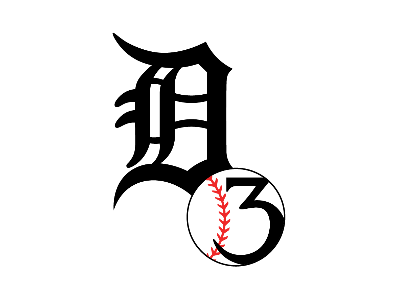Concussion Information
Concussions are traumatic brain injuries caused by direct blows, bumps or jolts to the head, by a rapid twisting of the head, or by an abrupt jerking of the head. Concussions can occur even with a helmet on the player's head. Concussions have short and long term effects and can be profoundly difficult to recover from.
A person does not need to lose consciousness to have had a concussion. Any mechanism in combination with two or more symptoms (nausea, vomiting, headache, pressure in the head, temporary loss of consciousness, confusion, amnesia, dizziness, ringing in the ears) should be considered a concussion until ruled out by a medical professional.
Any player who falls under this protocol should be immediately removed from play and directed to medical attention.
Concussions may not present themselves until minutes, hours, or even days after the incident occurred. It is very common for concussed people to not experience any symptoms until the next morning. This may still be a concussion and should be treated as such.
It is of vital importance to encourage all athletes to not hide symptoms and to understand and respect when any athlete is removed from play due to concussion, even if it is only suspected. Return to play protocols should be observed for all concussed players.
For more information on concussions please go to either the Little League Concussion in Youth Athletes Website or the Government of Canada Sports Concussion Website.

